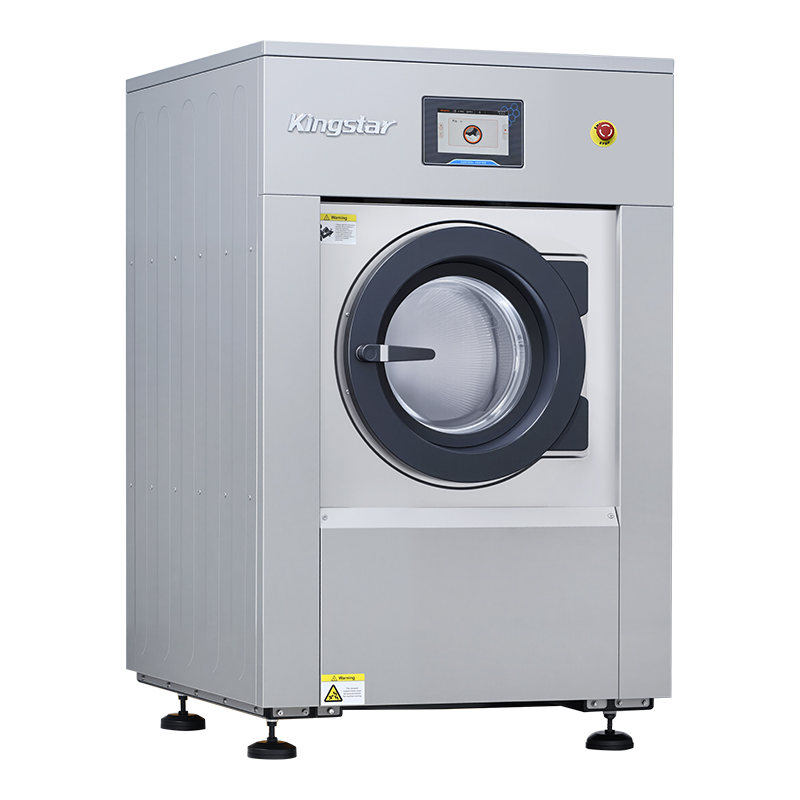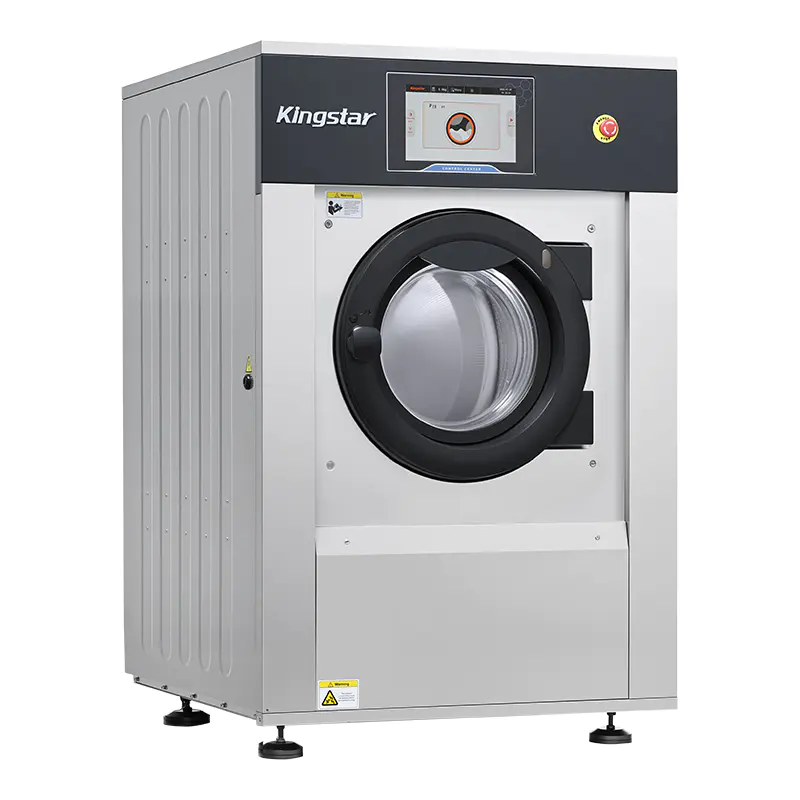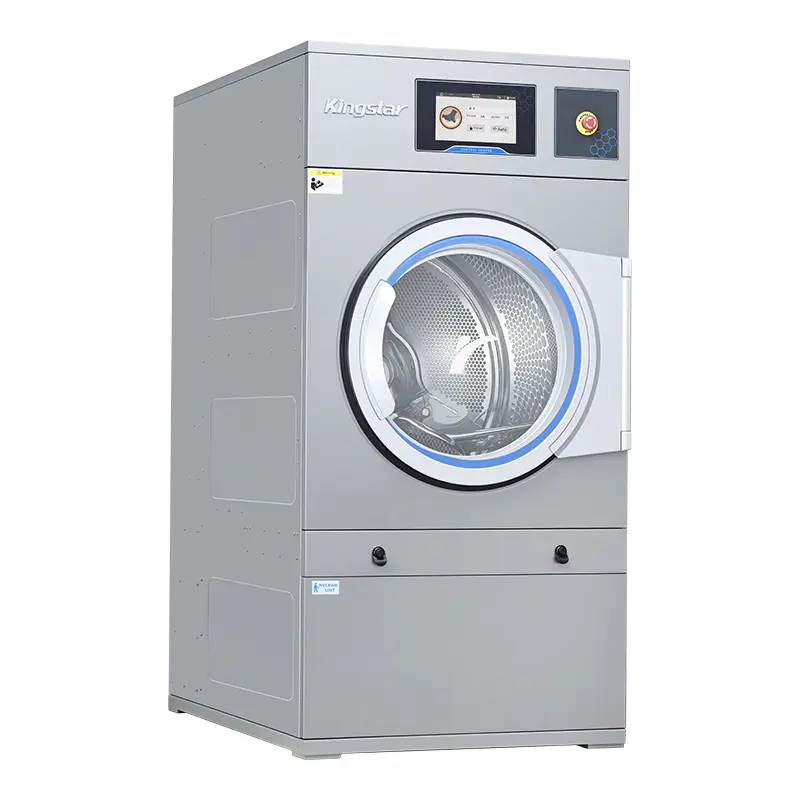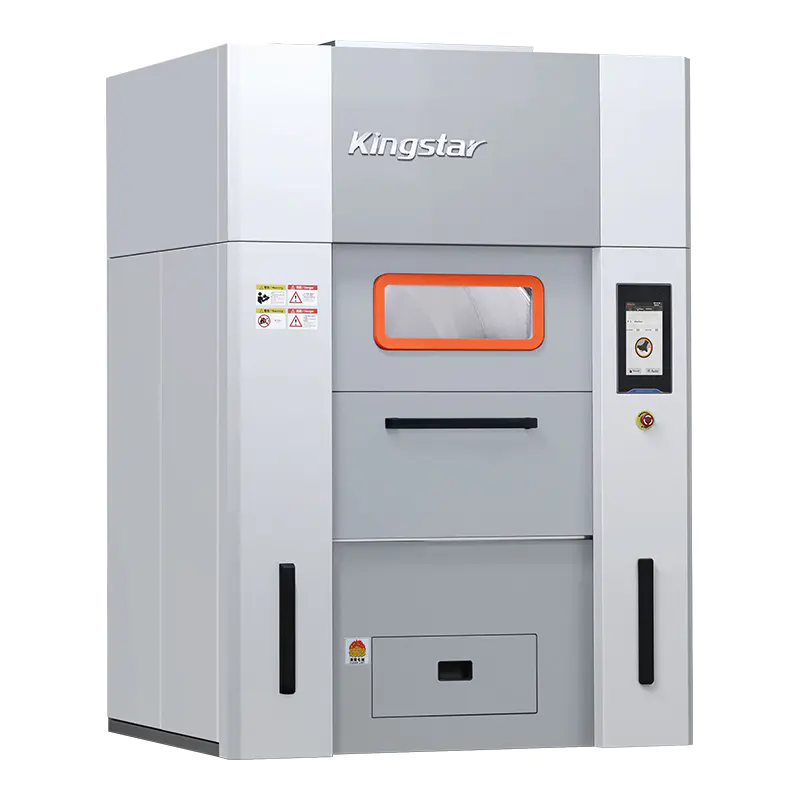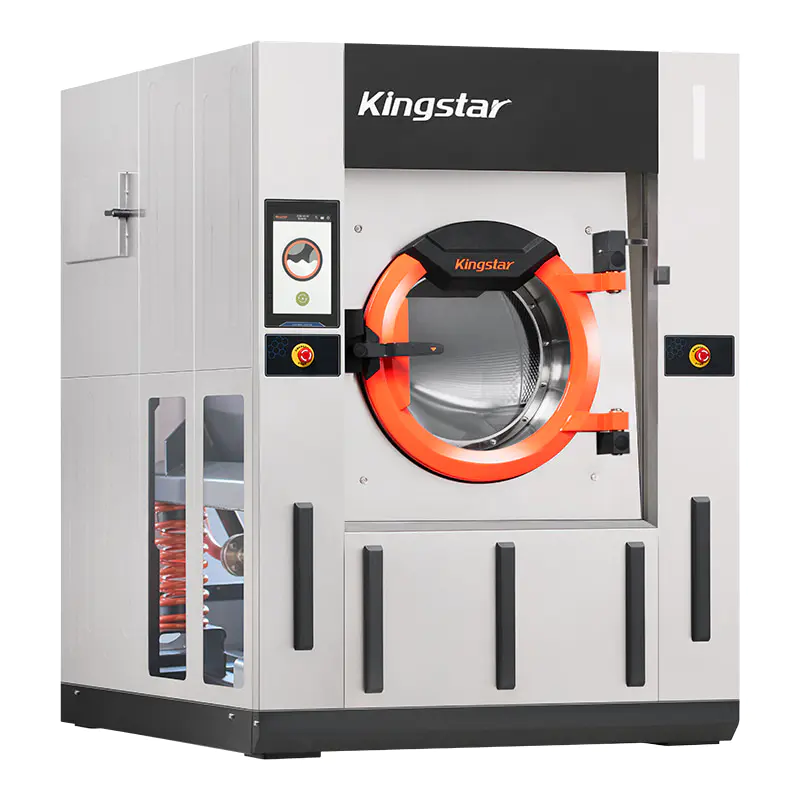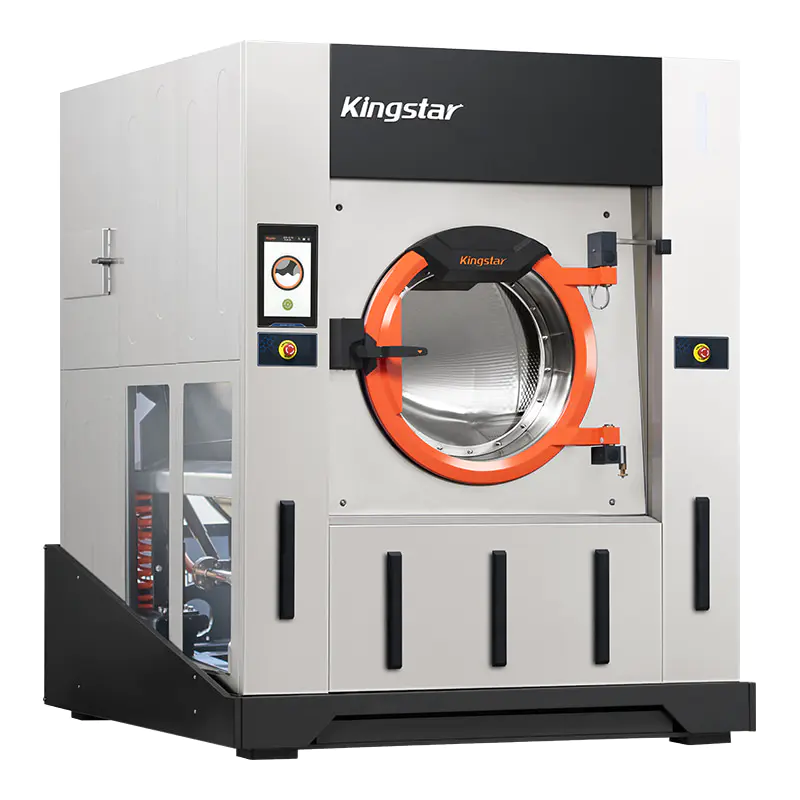
How to improve the energy efficiency of a double stack dryer?
Optimize the design structure to improve the efficiency of hot air circulation
The structural design of the double stack dryer directly affects the flow and heat transfer effect of hot air. Reasonable design of the ventilation path in the double-layer structure can make the hot air evenly distributed, avoid local overheating or cold spots, and reduce heat energy waste. The streamlined design reduces wind resistance, which helps the hot air to circulate efficiently, thereby improving the utilization rate of heat energy. In addition, the body design with good sealing performance can prevent heat loss and reduce energy consumption.
Reasonable control of temperature and air volume
The reasonable control of temperature and air volume has a significant impact on energy utilization efficiency. Too high a temperature setting will cause energy waste, while too low a temperature setting will extend the drying time and reduce efficiency. According to the characteristics and drying requirements of different materials, adjust the appropriate temperature and air volume so that the heat energy just meets the drying needs and avoids overheating. At the same time, the use of variable frequency fans can automatically adjust the air volume according to the load to reduce unnecessary power consumption.
Applying automated control systems
Introducing automated control technology is an important way to improve energy efficiency. Real-time monitoring of temperature, humidity and wind speed through sensors, combined with intelligent control systems, can dynamically adjust drying parameters for precise control. This method avoids the blindness of manual operation, makes the equipment run in the most energy-saving state, and reduces energy waste. The automation system can also preset multiple temperature control programs to meet the drying needs of different materials.
Utilize waste heat recovery technology
Waste heat recovery technology can effectively utilize the waste heat discharged by the double stack dryer, and heat the hot air entering the dryer after recovery, thereby reducing the consumption of fresh heat sources. Using a heat exchanger or waste heat boiler to recover and reuse the heat in the exhaust gas not only saves energy, but also reduces the emission temperature, which meets environmental protection requirements. Reasonable design of the matching of the waste heat recovery system and the dryer can significantly improve the overall thermal efficiency.
Choose high-efficiency heating equipment
The heating equipment used in the dryer directly determines the efficiency of heat conversion. The use of high-efficiency burners, electric heating tubes or other energy-saving heating devices can reduce the loss of heat energy during the conversion process. At the same time, regular maintenance of heating equipment to ensure that it is in good combustion or heating state is also the key to maintaining high energy efficiency.
Strengthen equipment maintenance and maintenance
The impact of equipment maintenance on energy efficiency cannot be ignored. If the fan impeller and air duct are dusty or blocked, it will increase wind resistance and increase energy consumption. Regularly clean the internal pipes, fans and filters to keep the equipment unobstructed, which is conducive to the normal operation of the fan and saves electricity. Good bearing lubrication can reduce mechanical wear and reduce motor load. In addition, replace aging seals and insulation materials in time to avoid heat loss.
Reasonable arrangement of production processes
Reasonable production process arrangements can also help save energy. Centralize batches of similar materials or drying requirements to reduce energy consumption fluctuations caused by frequent adjustments to equipment parameters. Avoid frequent start and stop of equipment and maintain a stable operating state to improve the overall energy efficiency of the equipment. Optimize drying time and batch size to avoid waste of resources caused by over-drying or insufficient drying.
Use energy-saving auxiliary equipment
Energy saving of auxiliary equipment is equally important. Choosing efficient and energy-saving fans, motors and control systems can reduce overall power consumption. Equipped with frequency converters and soft start devices can reduce starting current shocks, extend equipment life, and improve energy efficiency. Appropriate use of insulating materials and insulation layers to reduce heat loss.
ADD:No.388 Xinggang Road, Chongchuan District, Nantong City, 226000, Jiangsu Province, China.
-
Phone: +86-13917089379
-
Tel:+86-13917089379
-
Fax:+86-0513-85663366
-
E-mail:[email protected]
